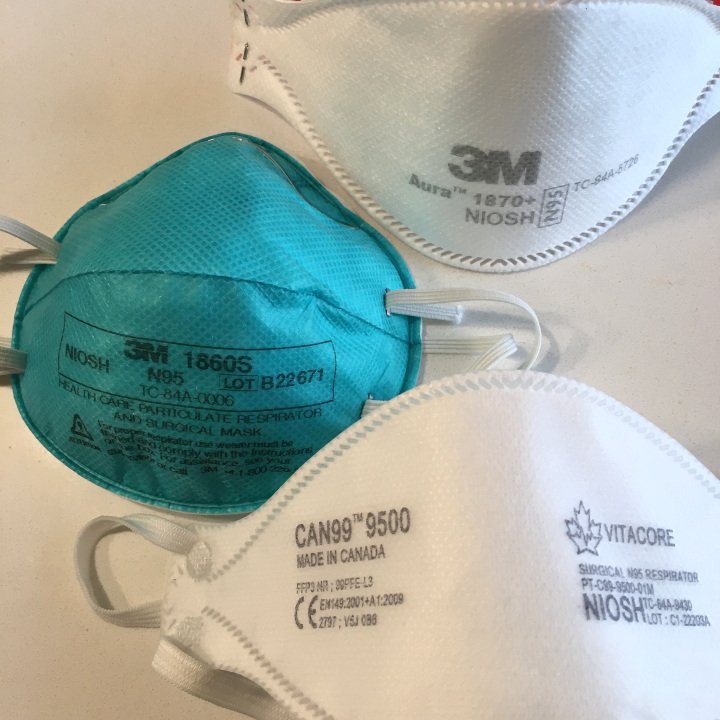Last year’s record-breaking wildfire season forced Canadians to become familiar with the scale of air pollution as hazardous smoke drifted across the country.
Environment Canada’s colour-coded Air Quality Health Index, designed to help people understand health risks associated with contaminated air, was closely watched under hazy, orange skies that stretched beyond the Canada-U.S. border.
But the AQHI, measured on a scale from one to 10+, was not calculated the same way in all provinces and some people were unsure how index values applied to their daily activities.
Environment Canada hopes several changes being made this year will improve how air quality-related health risks are communicated and understood by the public.
One of those changes is to the department’s go-to website for weather conditions and warnings across the country: weather.gc.ca. Users can now toggle between different layers of active alerts and display only those related to air quality if that’s their main concern. Detailed air quality warnings are also listed under a separate tab.
When the AQHI exceeds 10 due to wildfire smoke — indicating a “very high” health risk — affected areas appear red on the map.
A new type of air quality advisory will also be issued to warn of potentially worsening health effects and urge people to seriously consider cancelling outdoor events, said Celine Audette, manager of health and air quality forecast services at Environment and Climate Change Canada.
This change was prompted by a “record number” of AQHI 10+ scores during last year’s wildfire season, she said in a phone interview.
That level “exceeds any kind of air quality objective across the world,” Audette said. “It was the worst air quality in Canada, worse than India.”
She said the aim of the stronger advisory language on especially smoky days is to better inform people and help prevent health issues.
That’s also the goal of another, more complex, change that occurred last week.
Audette said Ontario and Alberta have now joined most other provinces in using the federal government’s enhanced version of the AQHI, which measures the levels of fine particulate matter known as PM 2.5 in the air on an hourly basis.
PM 2.5 comes from a wide range of sources, including power plants and vehicles, and it’s a particularly harmful component of wildfire smoke that can travel deep into a person’s lungs and cause or exacerbate health complications.
For years, the “classic” version of the AQHI measured a three-hour rolling average of common air pollutants: ground-level ozone, nitrogen dioxide and PM 2.5.
But British Columbia changed this after realizing the index did not reflect PM 2.5 spikes caused by wildfires and would display low scores even as plumes of smoked rolled in.
Environment Canada has adopted the B.C. model and now runs two parallel calculations: the rolling average of the three air pollutants and the hourly PM 2.5 levels. The AQHI score the public sees is based on whichever measure is higher.
“I think people will see a big difference,” Audette said of the switch.
